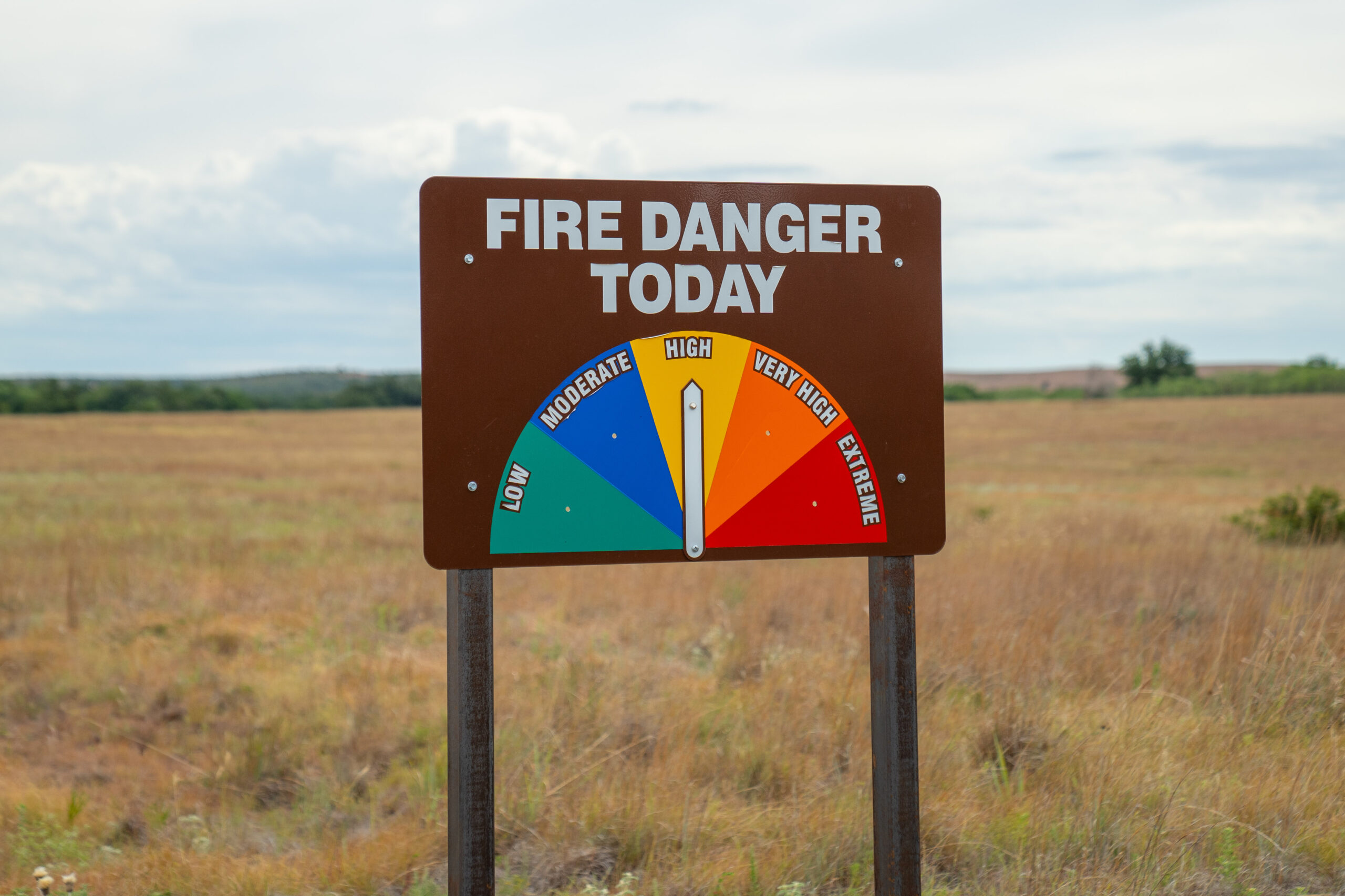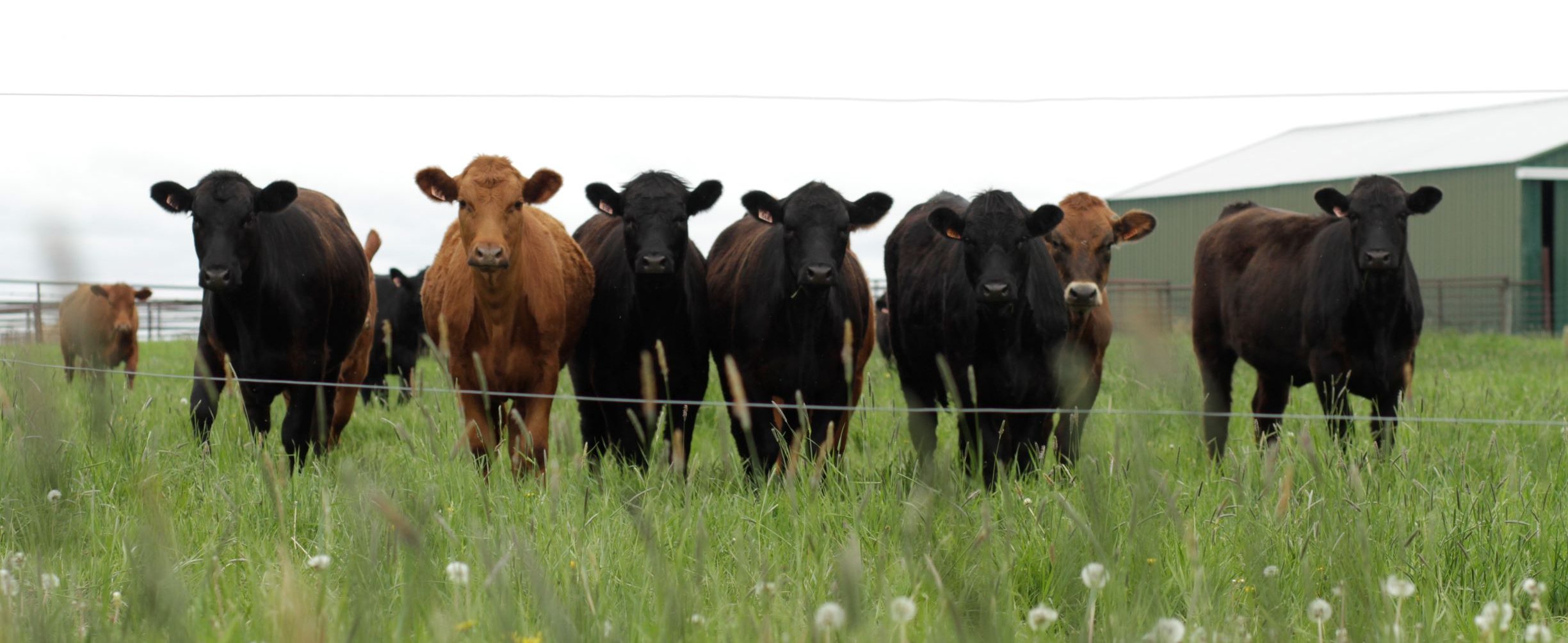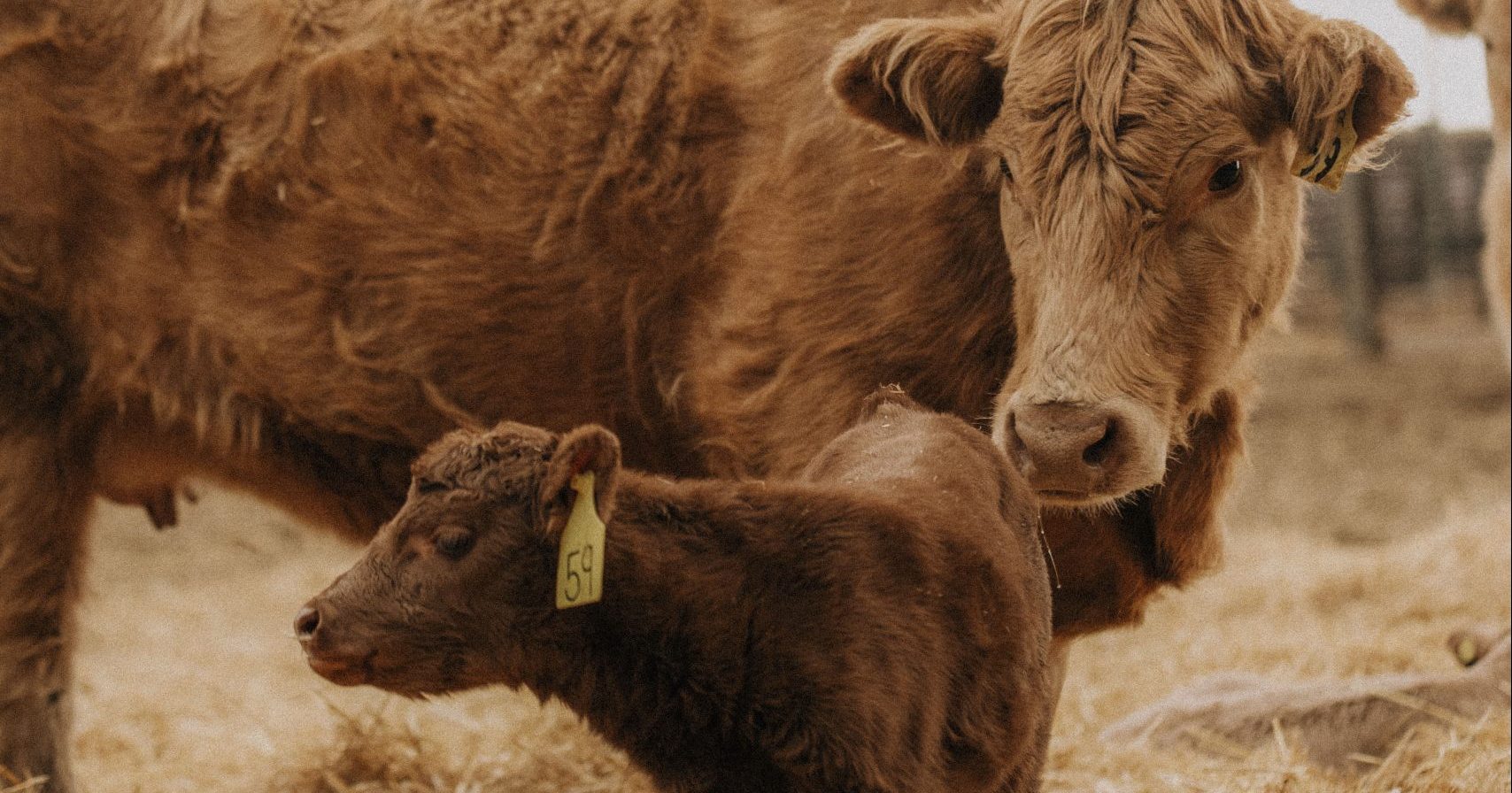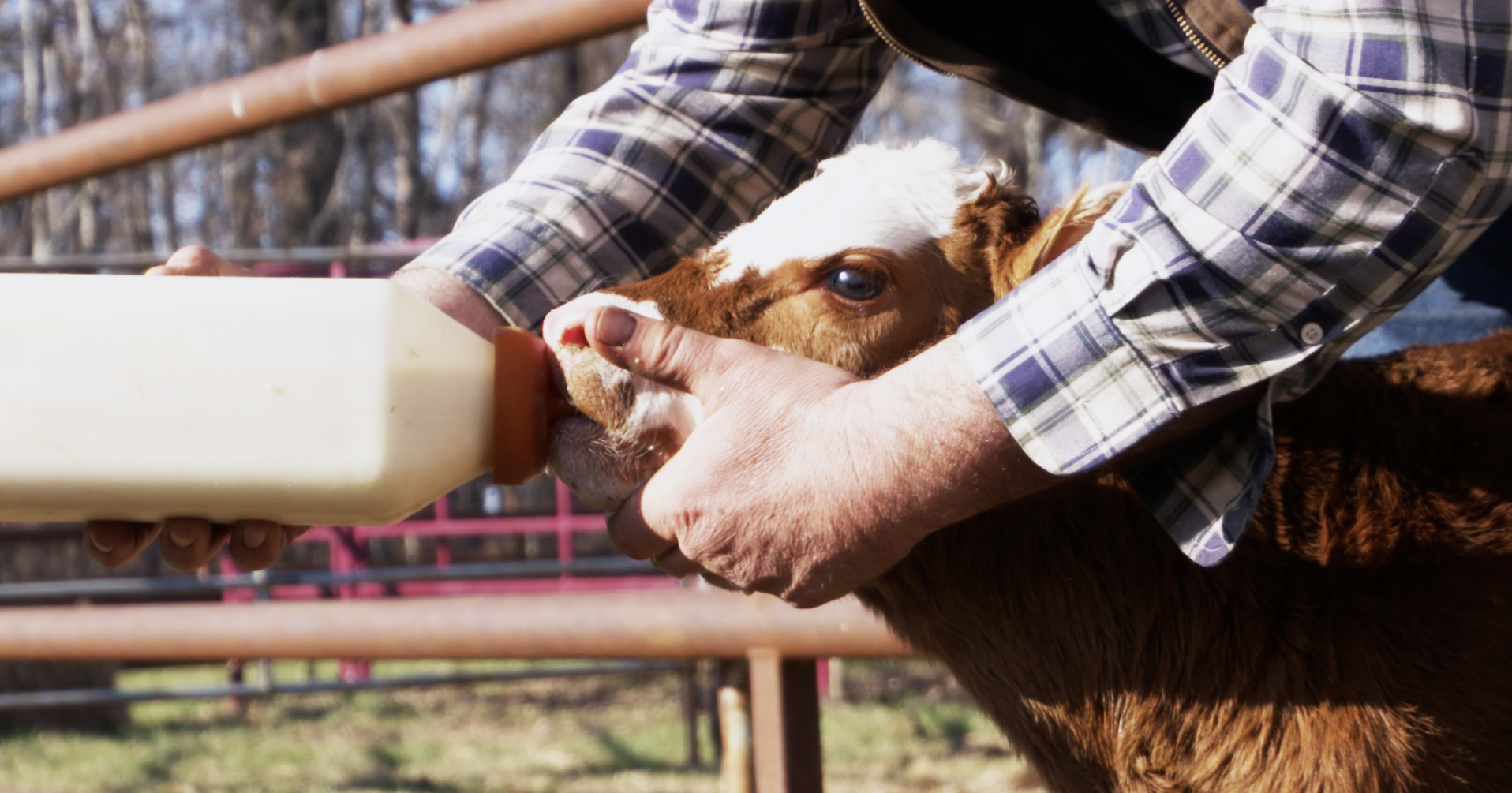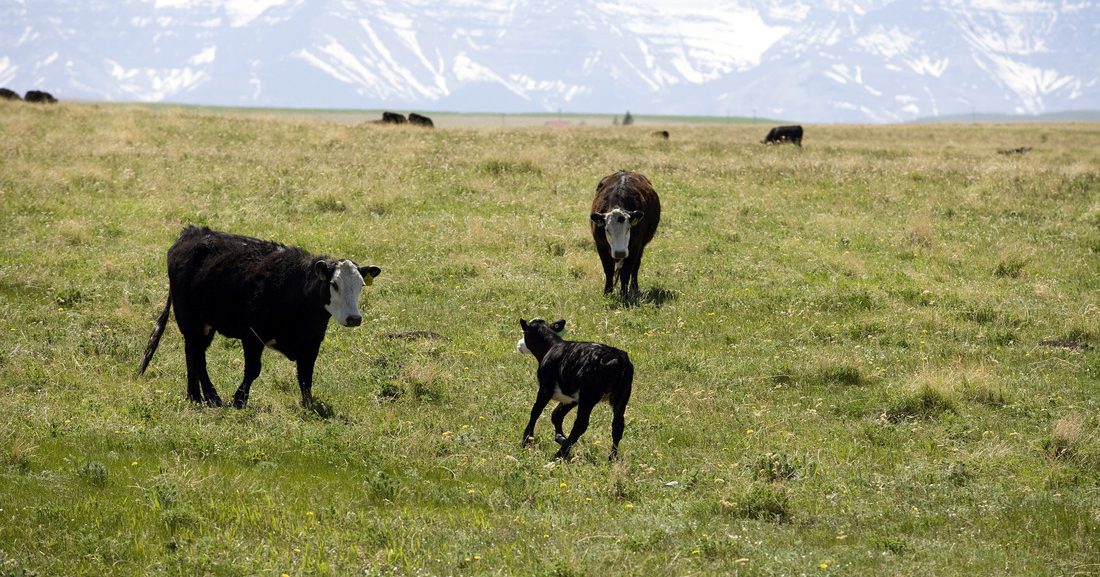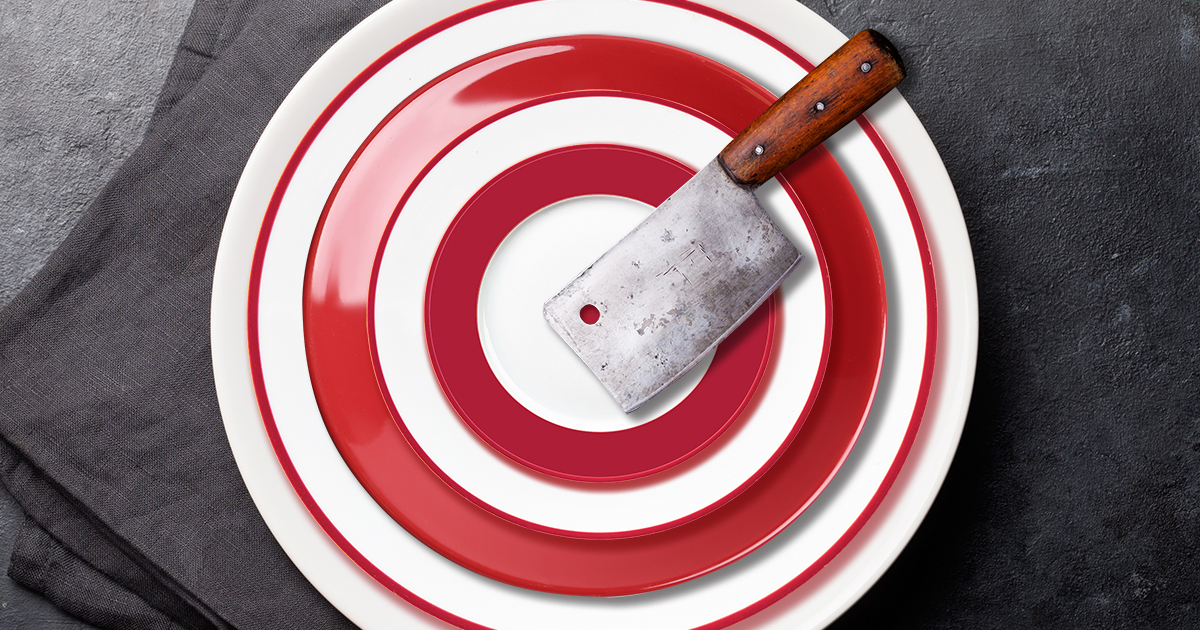AB Direct - Steers
Rail: 495.00-500.00
AB Direct - Heifers
Rail: 495.00-500.00
US Trade- Steers
Rail: 370.00-372.00 (NE/IA) Thursday
US Trade - Heifers
Rail: 370.00-372.00 (NE/IA) Thursday
Canadian Dollar
0.14
Importance of maintaining cow weight after calving
With a smaller cow herd in both Canada and the United States, the demand for calves in the fall of 2024 will be high. Reducing the number of open cows could have financial benefits. Breeding season starts approximately 81 days after calving. At this point in time, cows are just past peak lactation (56 days…
Utrecht calving technique uses natural positioning for smooth delivery, says veterinarian
“Whenever I’m speaking about dystocia, I always begin by mentioning the numbers 15 and 3,” says Mark Hilton, DVM and Midwest Beef Cattle Consultant. “If we have to assist more than 15 percent of our heifers and 3 percent of our mature cows, we have a problem needing attention, and it’s most likely our genetics.”…
Culling open younger cows?
ABP is excited to feature the writings of Barry Yaremcio, ruminant nutritionist and production management consultant. Barry is a trusted voice in cattle nutrition and forage production, operating Yaremcio Ag Consulting Ltd. This article was originally published on his BYOB Blog, which can be found on his website. It is very common for producers to sell open cows…
Starting off on the right hoof
In 2014, I asked cow-calf producers if they thought hard calvings (i.e., dystocia) were painful, and the majority agreed. Over the years, the use of pain control for hard calvings, for the cow and the calf, has increased. Calves that experience hard calvings are known to have decreased viability, taking longer to stand, walk, and…
Giving cows and calves support after a hard calving
Dystocia, otherwise known as a hard calving, is a stressful and painful event for both the cow and her calf. To decrease the risk of dystocia, producers can maintain the cow’s body condition score between 3 and 3.5 and breed for smaller birth weights to reduce the risk of dystocia. However, there is no way…
BCRC publishes video guides for calving season
The Beef Cattle Research Council (BCRC) is adding to its repertoire of valuable calving resources. This month, the organization published videos on esophageal feeding (tubing), colostrum management, and dehydration in calves. Calf 911 – The Ins And Outs Of Esophageal Feeding The video quickly summarizes the supplies needed, the McGrath feeder versus the bag feeder,…
Researchers looking to estimate cost of calving assistance in Canada
*Update: A $50.00 gift card will be given to the first 10 participants.* Researchers from the University of Calgary Faculty of Veterinary Medicine are recruiting cow-calf producers to develop an estimate on the cost of an assisted calving for producers. Data collected will be kept confidential, and participating producers will be given a summary of…
Bullseye: Targeting for beef
And today, it also lends credibility to the value of the calf for the cattle feeder and to the packer as a carcass. The end product is always beef and in the future advanced genetic improvements may also be predictable and palatable to the plate. Phenotype or the visibly physical characteristics of the bull were…


